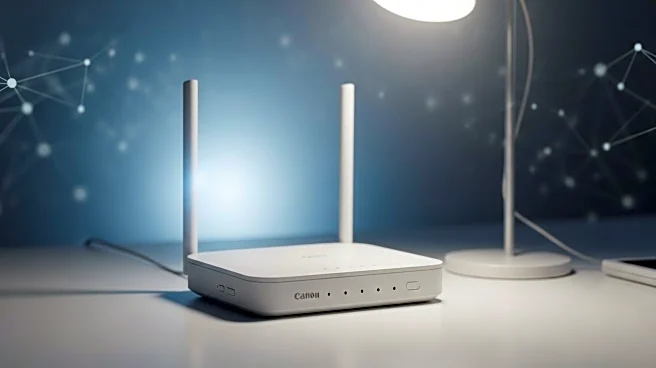What is the story about?
What's Happening?
New York City has announced a three-year extension of its subsidized broadband initiative, Big Apple Connect, which was initially launched in September 2022. The program provides free, fast, and reliable internet access to approximately 330,000 residents across 220 New York City Housing Authority (NYCHA) developments. The extension includes an additional $1.2 million in funding from digital TV providers Optimum and Spectrum, aimed at enhancing digital literacy programs in libraries. The initiative also features a new webpage offering virtual training sessions and job search assistance. City officials estimate that the program saves participating households around $1,700 annually. The New York City Office of Technology and Innovation directly bills for the services provided to participants.
Why It's Important?
The extension of Big Apple Connect is a significant step in addressing the digital divide in New York City, particularly benefiting working-class residents. By providing free internet access, the program enhances educational and employment opportunities for NYCHA residents, many of whom previously lacked broadband access. This initiative is part of a broader effort by the city to ensure digital equity, which includes providing new computers with high-speed internet to 350,000 public school students in partnership with T-Mobile. The program's success could serve as a model for other municipalities aiming to improve digital access and literacy.
What's Next?
As the program continues, New York City will likely monitor its impact on digital literacy and access among NYCHA residents. The city may also explore additional partnerships and funding opportunities to further expand the program's reach. The initiative's progress could influence state-level efforts to enhance broadband access, particularly in rural areas where digital connectivity remains a challenge. Stakeholders, including city officials and digital service providers, will continue to assess the program's effectiveness and explore ways to address any remaining gaps in digital access.
AI Generated Content
Do you find this article useful?













